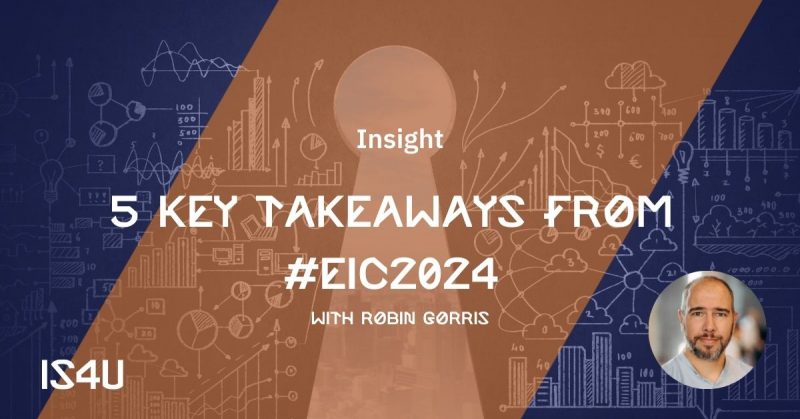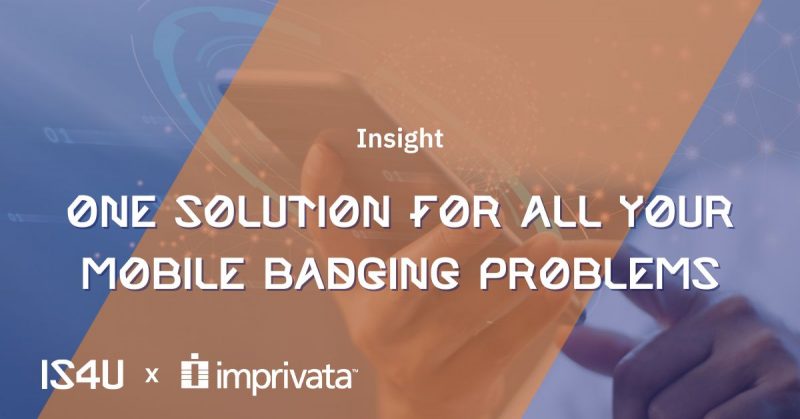What is Privileged Access Management?
Privileged Access Management (PAM) is an information security mechanism that allows users with the appropriate permissions – such as system administrators, IT managers and executives – to manage, control and monitor access to critical systems, networks and data.
These users, also called ‘privileged users’ or ‘privileged accounts’, have access to sensitive information and resources and are allowed to make changes in the systems, which can lead to misuse, data leaks or security breaches.
Run through various stages
Privileged Access Management is therefore not just another type of technology; it’s a process that continuously protects your organization against internal and external threats by running through various stages, which we explain below.
1. Identify and inventory privileged accounts:
PAM provides a clear overview of all the privileged accounts and associated rights within an organization – helping to identify unnecessary or old accounts that can pose a risk.
2. Limit access:
PAM limits access to sensitive systems and information to only those people who need it for their work – minimizing the chance of inadvertent or intentional damage caused by employees with too many permissions.
3. Least privilege principle:
PAM adopts the least privilege principle, whereby users are only given the minimum access rights they need to carry out their tasks – reducing the risk of misusing permissions and unauthorized access to sensitive information.
4. Monitoring and logging:
PAM monitors and registers all the activities performed by privileged users – providing both real-time warnings of suspicious activities and an audit trail for subsequent analysis and compliance purposes.
5. Temporary permissions:
PAM can provide temporary and ‘just-in-time’ access to sensitive systems and information – so privileged users only have access when they need it.
6. Multi-factor authentication (MFA):
PAM often requires multi-factor authentication for privileged accounts, which means that users need to provide multiple forms of identity verification to gain access to sensitive systems and information – reducing the risk of unauthorized access as a consequence of stolen or guessed passwords.
7. Regular assessments and audits:
PAM regularly assesses and audits privileged accounts and access rights – ensuring they are still necessary and appropriate.
PAM efficiency, save time and money in the long run
Privileged Access Management can have a significant impact on a company by improving security, increasing operational efficiency, and guaranteeing compliance with regulations and industry standards. Implementing PAM can lead to long-term cost-savings by limiting security risks, reducing fines and other costs resulting from non-compliance, and streamlining IT management processes.
The exact impact of PAM can vary, depending on factors such as the existing security infrastructure, the scope and complexity of the IT environment, and the nature of the company and its data, corporate culture and acceptance of change. A properly planned and executed PAM implementation, including training and support, will further increase the impact on the company and contribute to better risk management and cost-savings.
Conclusion
PAM is an essential component of a robust security strategy for companies. PAM helps to minimize the risk of data leaks, misuse and security breaches by managing, controlling and monitoring access to critical systems and data for users with increased permissions.
Applying PAM principles, such as least privilege, monitoring and logging, temporary permissions and multi-factor authentication, gives organizations more security by better protecting access to their sensitive information. Regular assessments and audits ensure that privileged accounts and permissions remain up to date and continue to satisfy security and compliance requirements.
Interested to take a deep dive into this matter with one of our experts?
Do not hesitate to get in contact!


